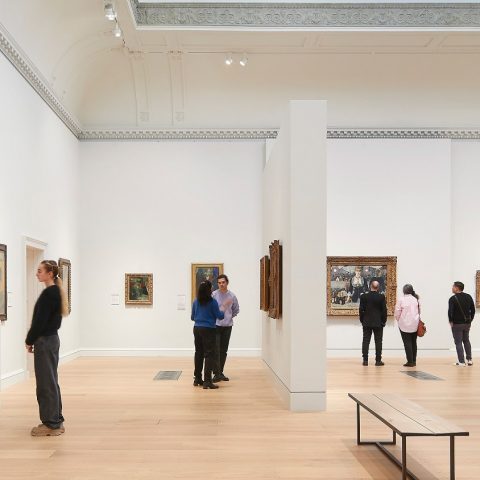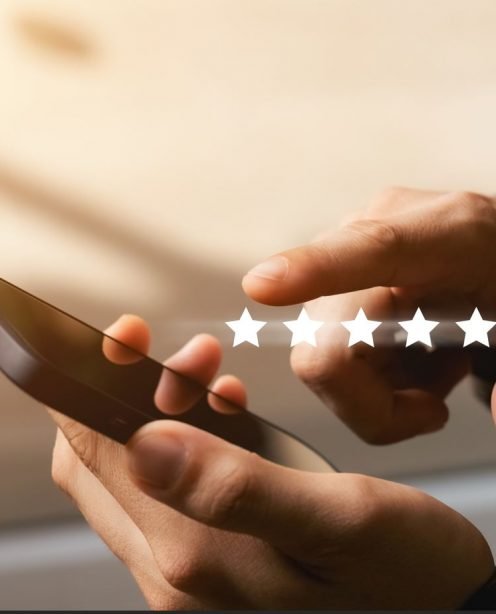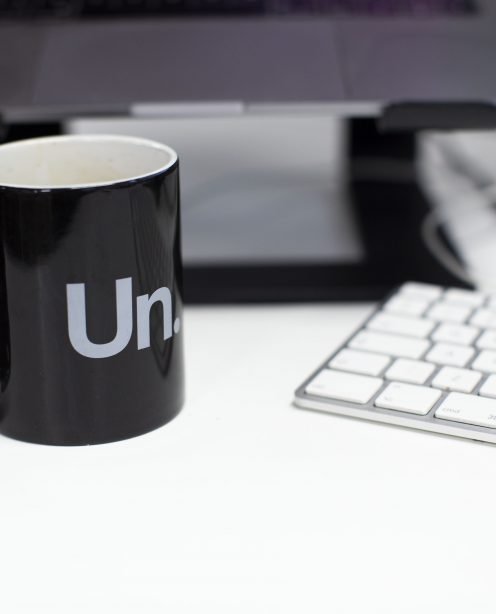What is digital accessibility?
Digital accessibility is the practice of designing and building digital products and services so that they can be used by everyone, regardless of a person’s location, device or abilities.
One of the ways digital accessibility is categorised is through the P.O.U.R principles. P.O.U.R stands for Perceivable, Operable, Understandable and Robust.
Let’s start with Perceivable. This means content must not be invisible to a user. Alt tags should be included with images to help users with limited sight understand what a webpage contains. If alt tags are not used, these users cannot fully access the page content.
Operable refers to functionality. Regardless of the way a website is accessed, it should be easy to use. For example, if a user cannot use a mouse, then they cannot access any content that requires a mouse. To ensure your website is accessible for this user, we suggest a solution such as keyboard tabbing.
The Understandable principle means that all content should be understood by all users. If content is overcomplicated, this does not equate to good accessibility.
Finally, the Robust principle focuses on ensuring that content is usable across different technologies and will remain usable as technology evolves. This includes both assistive and non-assistive technologies. Examples here include videos and websites being responsive across all browsers.
It is vital for arts & culture organisations to note that web accessibility is not a concept that relates solely to disability. One in four people will need reading glasses by the age of 40. Accessibility should therefore consider people with progressive limitations, situational accessibility issues and information access issues.
How is accessibility applied?
For arts & culture organisations looking to address concerns about accessibility, it is important to understand the application of accessibility in the context of your website.
The Web Content Accessibility Guidelines (WCAG are an internationally recognised set of website accessibility standards and recommendations to help improve web accessibility. These have been created by the World Wide Web Consortium (W3C).
The WCAG guidelines are accompanied by success criteria. This provides measurable requirements for assessing the accessibility of web content and a consistent reference point.
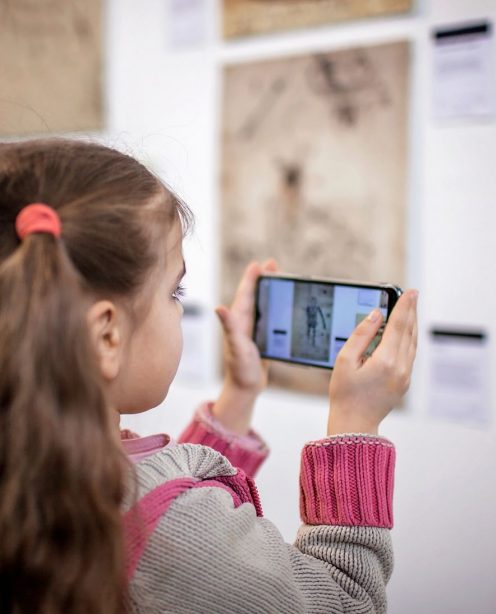

What are the barriers to accessibility?
To address accessibility in the arts & culture sector, it is vital to understand what potential barriers exist for users.
Common accessibility challenges can be present across visual, motor, cognitive and auditory spaces. Visual barriers to web accessibility include low contrast text, missing alt tags, overcomplicated page layouts and a lack of colourblind-friendly designs.
For users with motor issues, a lack of keyboard navigation, small or difficult-to-click targets, time-based content or interactions, and auto-playing video or audio can all present barriers to the user experience.
Cognitive barriers include complex language, an inconsistent navigation experience, a lack of clear headings and labels, and excessive information.
And lastly, some users can face auditory barriers, including a lack of captions or transcripts for digital audio content, autoplaying background music or sound effects, poor audio quality, and a lack of volume control.
How can I make my arts & culture website more accessible?
As it can be tempting to prioritise style over substance in the arts & culture sector, users may face many of the issues outlined above when engaging with websites.
Neglecting accessibility can severely hamper your organisation’s online efforts, negatively affecting your users and your search rankings, as well as your brand reputation and revenue channels.
Finding ways to address these barriers is imperative. In the visual arena, options to enhance accessibility levels include providing sufficient contrast between text and background, adding alt text for images, avoiding complex page layouts and considering colourblind-friendly designs.
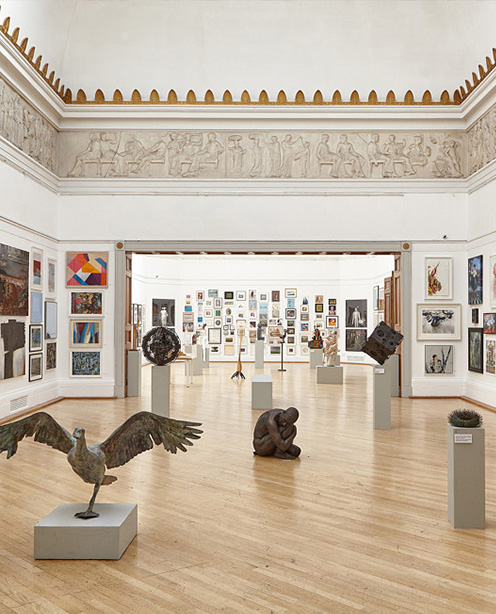
From a motor perspective, enabling keyboard navigation, using large and easy-to-click targets, avoiding timed content or interactions, and offering options to control autoplay audio or video can all enhance accessibility.
When it comes to cognitive accessibility, using clear and concise language, maintaining a consistent navigation and providing clear headings and labels are all advantageous. Additionally, breaking down large amounts of information can be beneficial in this space.
And from an auditory angle, offering captions or transcripts for audio content, avoiding auto-play background music or sound effects, and ensuring audio quality and volume control will all boost accessibility. It’s also worth considering sign language interpretation.
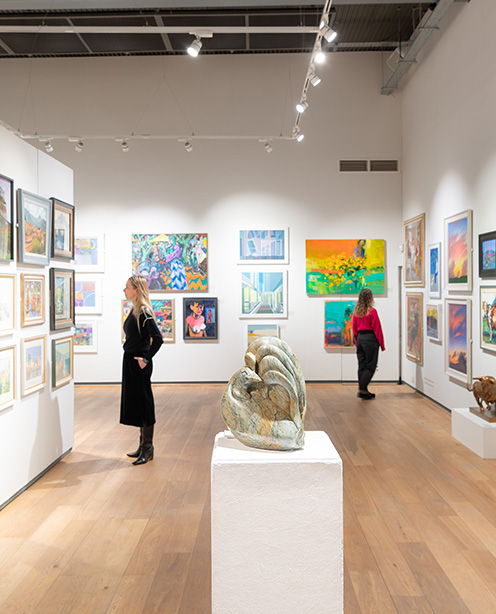
How will addressing accessibility benefit my arts & culture organisation?

Accessibility benefits all visitors to your arts & culture website, not just those with a limited ability to engage.
What’s more, having an accessible website brings further benefits, such as raising search rankings, brand awareness and revenue.
Your site’s accessibility can affect your Google ranking, but not directly. Google does not have a specific ranking factor for accessibility however, user experience is a vital part of what determines search rankings.
An accessible website is more likely to be indexed by Google and therefore will appear higher in search results. Accessibility can enhance the likelihood of click through rates increasing. When accessibility is factored in, you can even boost user engagement on your website resulting in longer session times and lower bounce rates. Additionally, accessible websites are more likely to be shared and linked to from other websites.
When you embrace accessibility, you showcase your company's commitment to diversity and inclusion and social responsibility in turn, this will strengthen your brand and set you apart from your competitors. Paying attention to accessibility presents your brand as forward-thinking, compassionate and considerate to all individuals who may visit your website.
By making products and services accessible to all, companies demonstrate transparency and a genuine care for their customers. This helps build trust for your arts & culture organisation.
Start enhancing your website’s accessibility today
There are many resources that can help you improve your arts & culture website’s accessibility.
Google Lighthouse is an open-source, automated tool that allows administrators to measure the accessibility of their website. axe DevTools offers another way of testing your website’s accessibility, while WebAIM is a great resource for checking contrast.
At Un.titled, we offer a dedicated accessibility audit service. We will review your website and where it sits from an accessibility perspective. From here, we will create an accessibility roadmap to deploy changes to increase your current accessibility levels.
Sound interesting? Let's talk. Get in touch to find out how we can help take your website to the next level.
